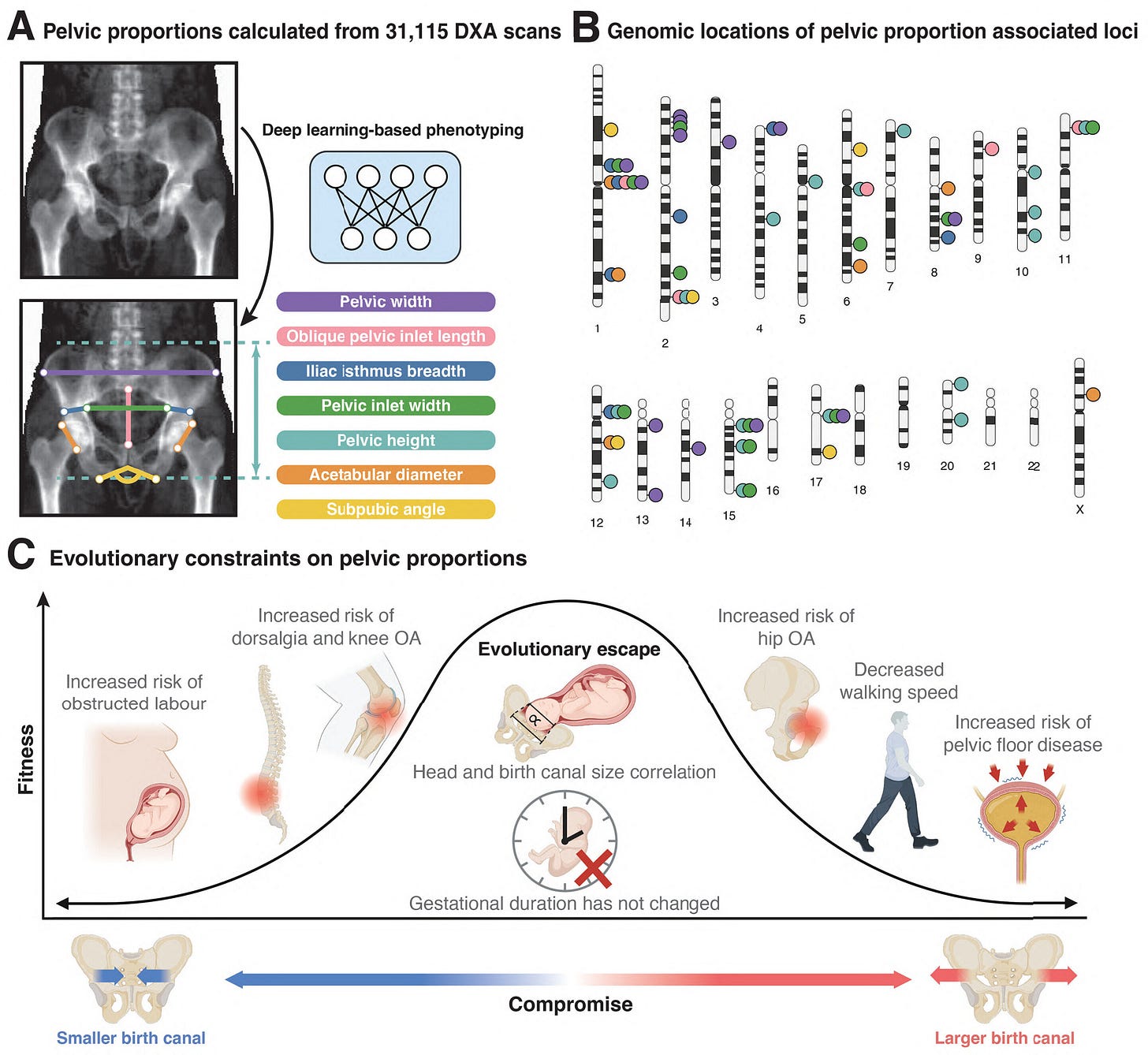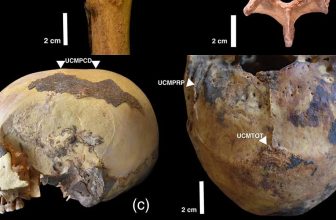
In a study spanning over 42,000 individuals and nearly as many pelvic scans, researchers have painted the clearest genetic picture yet of one of evolution’s most stubborn puzzles: the human pelvis. The human form, defined in no small part by upright walking and large-brained babies, has long carried the anatomical tension known as the “obstetrical dilemma.” Wide hips are great for childbirth, but not so much for walking. Narrow hips help with locomotion, but complicate delivery. This latest work adds a genetic and biomechanical dimension to a debate that’s often felt caught between theory and fossil fragments.

Published in Science, the research by Liaoyi Xu and colleagues uses deep-learning tools to extract pelvic data from tens of thousands of DXA (dual-energy X-ray absorptiometry) scans from the UK Biobank. Their findings don’t just show how diverse human pelvic shapes can be—they show how that diversity is written into our DNA, with repercussions for everything from how we walk to how we give birth.


 WATCH NOW: Steve Irwin’s Craziest Reptile Encounters | Animal Planet
WATCH NOW: Steve Irwin’s Craziest Reptile Encounters | Animal Planet



